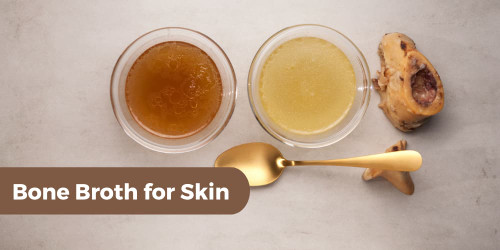What are disposable gloves?
Disposable gloves are one of the most widely used personal protective equipment (PPE). They are designed for single-use applications and are being used in various industries like medical, food service, chemical, primary-care and aged care, life science and industrial industries.
In this blog, we will explore the different types of disposable gloves,
including their quality, protection, and allergens.
Latex Gloves
- made from natural rubber latex
- known for their excellent elasticity and fit
- provide good dexterity and sensitivity
- commonly used in medical and dental settings
- biodegradable
Frequent exposure may increase the risk of developing latex allergy.
Individuals with asthma, allergic rhinitis (hay fever), or eczema may usually
get latex allergy.
Mild Reactions
- skin redness
- rash
- hives
- itching
More Severe Reactions
- runny nose
- sneezing
- itchy eyes
- scratchy throat
- difficult breathing
- coughing spells
- wheezing
If you suspect a latex allergy, it's important to consult with a healthcare professional for an accurate diagnosis.
Vinyl Gloves
- ade from polyvinyl chloride (PVC)
- less elastic compared to latex or nitrile gloves
- economical choice
- suitable for short-term, low-risk tasks.
- not recommended for tasks requiring high dexterity.
- long shelf-life
- non-biodegradable
Some vinyl gloves contain activation agents that may lead to skin allergies. The amount of chemical residue increases if the gloves are not washed thoroughly, potentially causing contact reactions. Chemical accelerators like carbonates and thiurams, commonly used in glove production, can also trigger skin reactions. Additionally, various companies have raised concerns about the high food safety risks associated with vinyl gloves.
Nitrile Gloves
- made from synthetic rubber (nitrile)
- resistant to punctures, chemicals, and abrasion
- suitable for people with latex allergies
- commonly used in medical, laboratory, and industrial settings
- available in various thicknesses
- higher level of durability and tactility
- for long time wear
- non-biodegradable
The presence of chemical accelerators and other additives used in the manufacturing of nitrile gloves can cause allergy. Symptoms typically manifest as itchy, irritated red skin on the wrists and the back of the hands.
Polyethylene Gloves
- made from low-density polyethylene
- lightweight and inexpensive
- limited barrier protection and durability
- commonly used in the food service industry
- suitable for short-term, light-duty tasks
- non-biodegradable
Polyethylene gloves are generally considered a safe option for those with latex allergies, but individual reactions can still occur based on specific sensitivities to other components used in the glove manufacturing process. Some people may still experience skin irritation.
Neoprene Gloves
- made from synthetic rubber (polychloroprene)
- resistant to chemicals, oils, and acids
- good for tasks involving exposure to hazardous substances
- commonly used in laboratory and industrial settings
- non-biodegradable
Neoprene gloves are generally considered hypoallergenic and are less likely to cause allergic reactions compared to latex gloves. However, some individuals may still experience skin irritation due to the additives, dyes, or other chemicals used in the manufacturing process of neoprene gloves. If someone has a known sensitivity or allergy to specific substances, it's advisable to check the glove's composition and, if necessary, choose an alternative glove type.
Polyurethane Gloves
- made from synthetic material (polyurethane)
- provide good dexterity and sensitivity
- often used in electronics and cleanroom environments
- resistant to oils and some chemicals
- non-biodegradable
Polyurethane gloves are generally considered hypoallergenic and have a lower likelihood of causing allergic reactions compared to gloves made from natural materials like latex. However, it's important to consider individual sensitivities. Some people may still experience skin irritation or allergic reactions due to additives, dyes, or other chemicals used in the manufacturing process of polyurethane gloves.
Chloroprene Gloves
- made from synthetic rubber (chloroprene)
- similar in feel to latex gloves
- offer good chemical resistance
- commonly used in medical, dental, and laboratory settings
- Non-biodegradable
Chloroprene gloves are generally considered hypoallergenic. But it is still important to consider individual sensitivities. Some people may still experience skin irritation or allergic reactions due to additives, dyes, or other chemicals used in the manufacturing process of chloroprene gloves.
Wearing disposable gloves is a great way to protect yourself from coming into contact with infectious diseases, viruses and harmful substances. MedCart stocks a variety of sterile or non-sterile; latex, vinyl or nitrile, surgical and examination gloves that frontline, hospital and healthcare professionals prefer to wear. Buy it online now.
Always follow proper safety guidelines and regulations when using disposable gloves.















